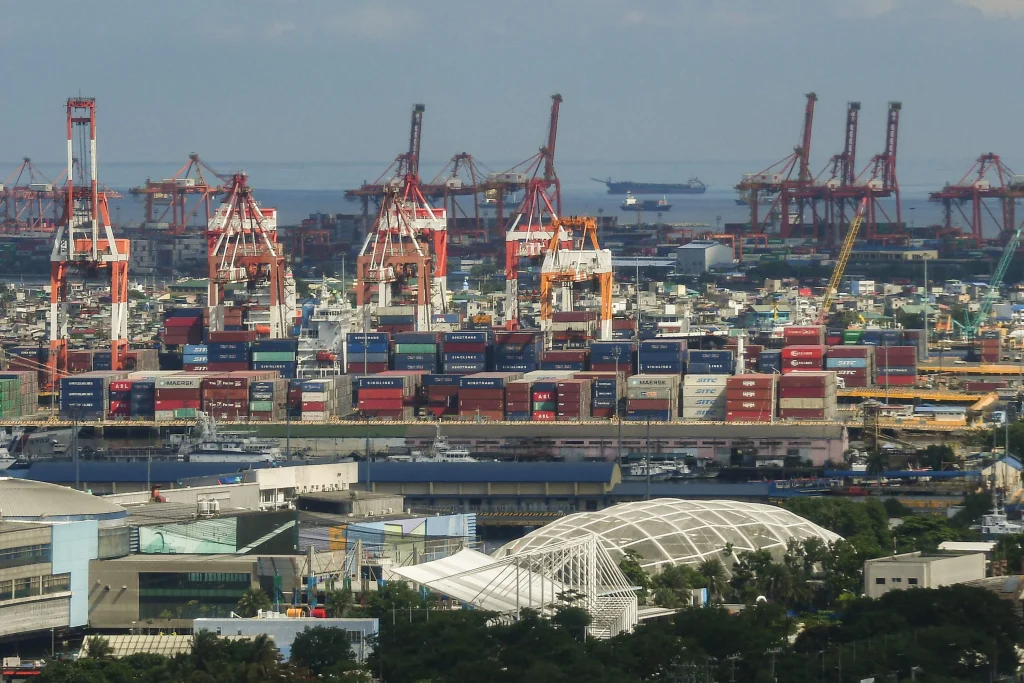[MANILA] The Philippine economy expanded slower than expected in the first quarter, underscoring challenges for policymakers even before the Trump administration’s trade war rocked markets and hurt global sentiment.
Gross domestic product expanded 5.4 per cent in the January-to-March period from a year earlier, the statistics agency said Thursday (May 8). That’s below the median estimate of 5.7 per cent in a Bloomberg News survey, but is still faster than the 5.3 per cent pace in the last quarter of 2024. On a seasonally-adjusted basis, the economy expanded 1.2 per cent from the prior quarter, below the median estimate of 1.6 per cent.
The data comes ahead of the nation’s midterm election on Monday that could add to risks for the economy.
“There are actually signs that the economy is still very resilient, like domestic demand is still strong,” Economic Planning Undersecretary Rosemarie Edillon said in a briefing on Thursday. “But of course, global demand is not really well – it’s in a period of volatility.”
The economy must expand by at least 6.2 per cent in the remaining three quarters to meet the government’s full-year target of at least 6 per cent, Edillon said, adding that officials will meet soon to review 2025 economic assumptions.
Consumer spending remained the main driver of the economy with a 5.3 per cent expansion from a year earlier, while investment growth slowed.
BT in your inbox

Start and end each day with the latest news stories and analyses delivered straight to your inbox.
The latest GDP data doesn’t bode well for for the full-year outlook, said Shreya Sodhani, a regional economist at Barclays, adding that public consumption and investment are unlikely to ramp up significantly after the midterm election. “Global uncertainty will weigh on investment, kind of visible already,” she said.
The peso pared losses after the GDP data announcement, trading 0.1 per cent lower against the dollar, and was among the worst performers among major emerging Asian currencies. Stocks were marginally down.
“We don’t want an overvalued currency, because this will adversely affect our tradable sectors,” Edillon said. The government leaves it up to the central bank to address currency volatility, she added.
The slower-than-expected growth supports the case for further rate cuts from the central bank, especially as US President Donald Trump only announced his global tariffs in early April. Governor Eli Remolona said on Wednesday that the Bangko Sentral ng Pilipinas could lower its key interest rate by 75 basis points more this year as inflation continues to decelerate.
Edillon said the data should not be seen as a “disappointment” given that uncertainty was emerging as early as January.
“There’s really many layers to it,” she said. “We saw that business have also anticipated, have also employed strategies in anticipation of more uncertainty.”
While the Philippines is less trade-dependent than neighbouring countries, thanks to spending by its 114 million people, its exports to the US are now subject to a 10 per cent tariff which could rise to 17 per cent if the country fails to get the US to agree to a reduction. The economy could also suffer indirect effects, as higher tariffs elsewhere raise the risk of a global slowdown. BLOOMBERG


